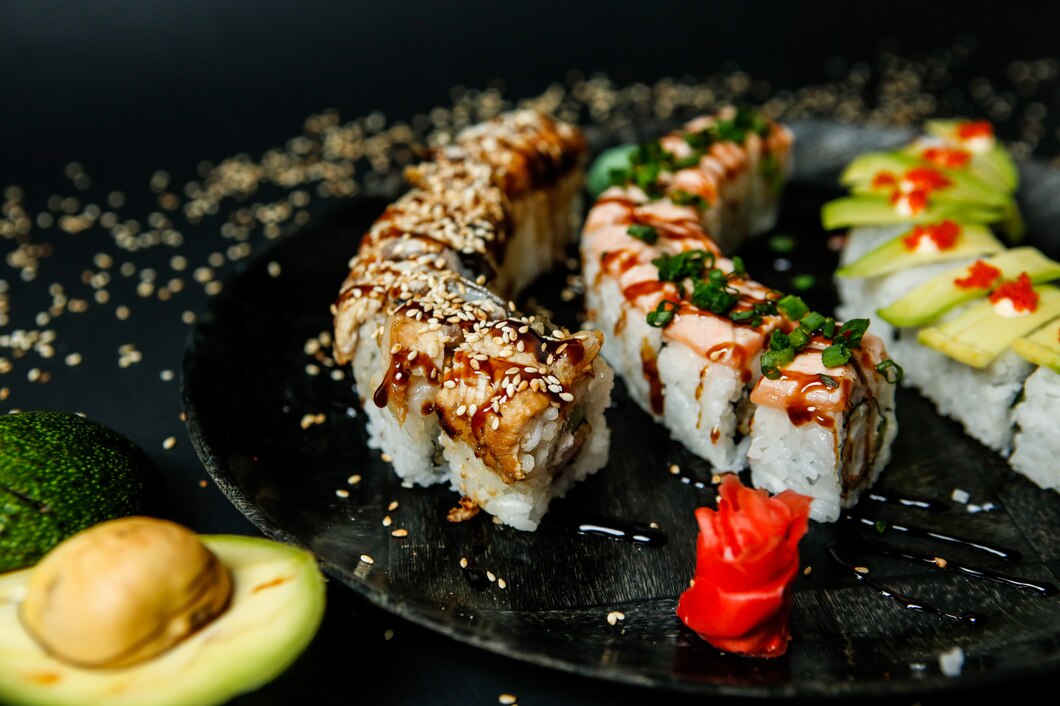Sushi, a beloved culinary art form known for its delicate flavors and aesthetic presentation, has evolved significantly over the centuries. Its journey from humble street food in ancient Japan to a global fine dining phenomenon is a fascinating narrative that reflects cultural, social, and economic transformations. This article delves into the origins of sushi, its evolution, and its place in contemporary cuisine.
Ancient Beginnings
The roots of sushi can be traced back to Southeast Asia over 2,000 years ago. The practice of preserving fish in fermented rice, known as narezushi, began as a method to prolong the shelf life of fish. This technique involved wrapping fresh fish in fermented rice, which helped to keep it edible for extended periods. While the rice was eventually discarded, the fish became a staple food source.
As this method traveled along trade routes, it adapted to local customs and ingredients. By the 8th century, sushi had made its way to Japan, where it underwent further transformation. The Japanese began using fresh fish and vinegar in their preparations, leading to the development of sukiyaki and namanare—early forms of sushi.
The Birth of Edomae Sushi
The Edo period (1603-1868) marked a significant turning point in the history of sushi. With the rise of Tokyo (formerly Edo) as a bustling metropolis, the demand for quick and affordable meals surged. Street vendors began selling edomae sushi, which consisted of vinegared rice topped with fresh fish. This new style of sushi was convenient for busy urbanites and quickly gained popularity.
Edomae sushi featured various ingredients, including eel, shrimp, and tuna, often served with soy sauce, wasabi, and pickled ginger. The combination of flavors and the artistry involved in its preparation made it a favorite among locals. As the sushi culture flourished, the first sushi restaurants began to emerge, offering patrons a more refined dining experience.
Global Spread and Fusion
The 19th century saw sushi evolve further, particularly with the introduction of refrigeration in the late 1800s. This advancement allowed for the transportation of fresh fish over long distances, making sushi more accessible to a broader audience. As Japanese immigrants moved to various parts of the world, they brought their culinary traditions with them.
In the early 20th century, sushi began to make its mark in the United States, particularly in California. The introduction of the California roll—a sushi roll filled with avocado, crab, and cucumber—was pivotal in popularizing sushi among non-Japanese consumers. This adaptation showcased a fusion of flavors, appealing to American palates and paving the way for the sushi craze that would follow.
Sushi in Contemporary Cuisine
Today, sushi is celebrated as both an art form and a dining experience. It has transitioned from street food to fine dining, with high-end sushi restaurants offering meticulously crafted dishes that highlight the freshness and quality of the ingredients. Sushi chefs, known as itamae, undergo years of training to master their craft, emphasizing precision, technique, and presentation.
The global sushi market has expanded exponentially, with various styles and interpretations emerging. From traditional nigiri and maki rolls to modern takes like sushi burritos and poke bowls, the versatility of sushi continues to captivate food lovers around the world. Sushi bars and restaurants now grace cities from Tokyo to New York, each offering a unique twist on this age-old dish.
The evolution of sushi from its origins as a method of fish preservation to a celebrated global cuisine is a testament to the power of culinary innovation and cultural exchange. Today, sushi represents not only a delicious dining experience but also a symbol of tradition and artistry. As it continues to evolve and adapt to modern tastes, sushi remains a beloved dish that connects people across cultures and generations, inviting all to savor its rich history and exquisite flavors.








